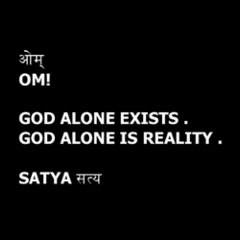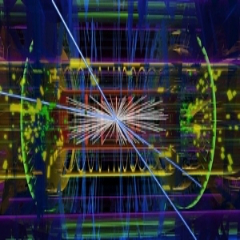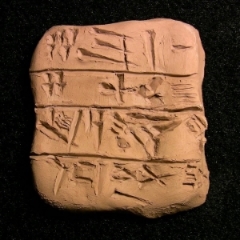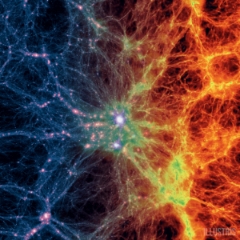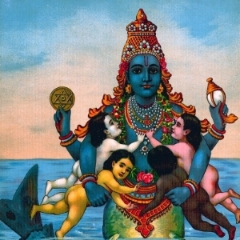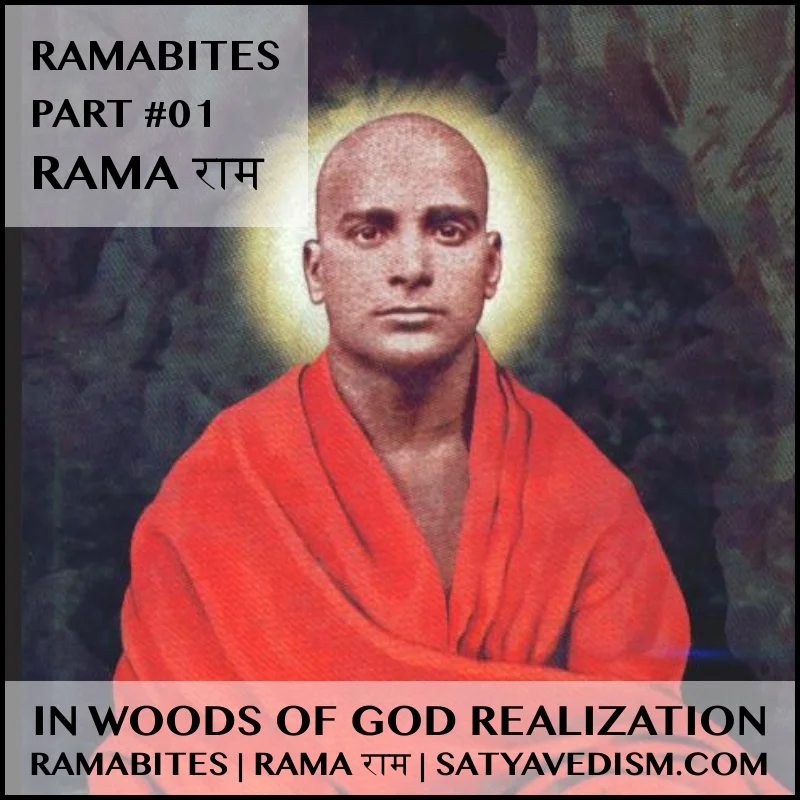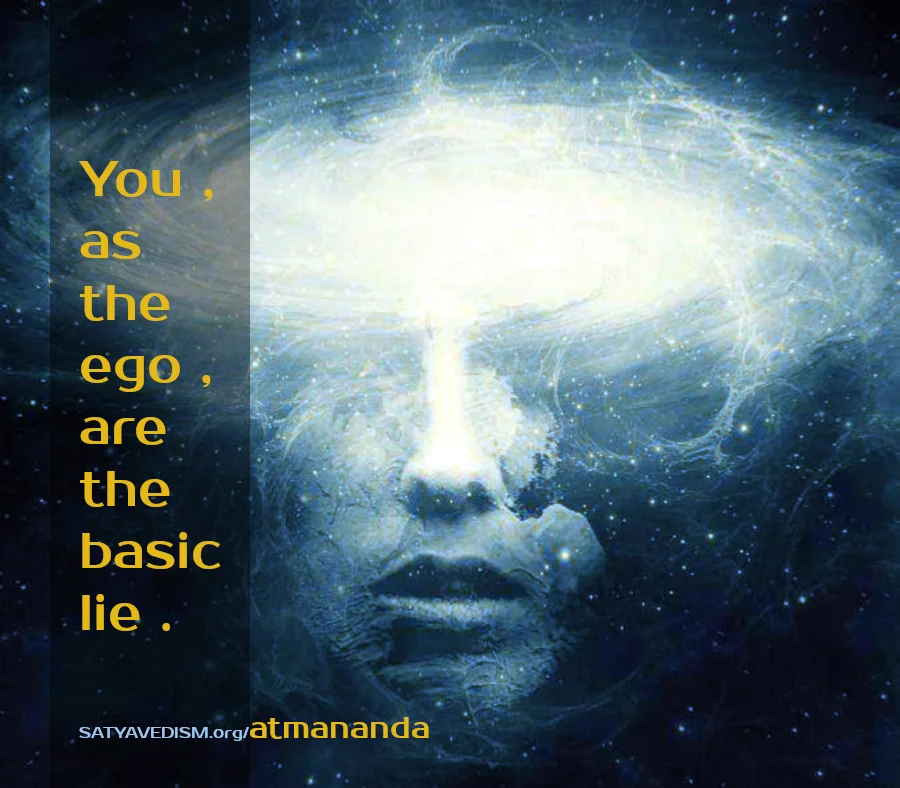BHAGAVADGITA | 13.12 | AMOETD
| | homeBHAGAVADGITA | 13.12 | SRI ADI SANKARACARYA
jneyam yat tat pravaksyami yat jnatvamrtam asnute anadi mat-param brahma na sat tan nasad ucyate || 13.12 ||
13.12 I shall speak of that which is to be known , by realizing which one attains Immortality . The supreme Brahman is without any beginning . That is called neither being nor non-being .
|| BHASYA || Pravaksyami , I shall speak of , fully describe just as it is ; tat , that ; yat , which ; is jneyam , to be known . In order to interest the hearer through inducement , the Lord speaks of what its result is : Jnatva , by realizing ; yat , which Knowable ; asnute , one attains ; amrtam , Immortality , ie , one does not die again . Anadimat , without beginning — one having a beginning ( adi ) is adimat ; one not having a beginning is anadimat . What is that ? The param , supreme , unsurpassable ; brahma , Brahman , which is under discussion as the Knowable .
Here , some split up the phrase anadimatparam as anadi and matparam because , if the word anadimat is taken as a Bahuvrihi compound * , then the suffix mat ( matup ) becomes redundant , which is undesirable . And they show a distinctive meaning : ( Brahman is anadi , beginningless , and is ) matparam , that of which I am the supreme ( para ) power called Vasudeva .
Truly , the redundance could be avoided in this way if that meaning were possible . But that meaning is not possible , because what is intended is to make Brahman known only through a negation of all attributes by saying ,
" It is called neither being nor non-being " .
It is contradictory to show a possession of a distinctive power and to negate attributes . Therefore , although matup and a bahuvrihi compound convey the same meaning of " possession " , its ( matup's ) use is for completing the verse * .
Having aroused an interest through inducement by saying ,
" The Knowable which has Immortality as its result is being spoken of by Me " ,
The Lord says : Tat , that Knowable ; ucyate , is called ; na sat , neither being ; nor is it called asat , non-being .
OBJECTION : After strongly girding up the loins and declaring with a loud voice ,
" I shall speak of the Knowable " , is it not incongruous to say , " That is called neither being nor non-being " ?
REPLY : No . What has been said is surely consistent .
OBJECTION : How ?
REPLY : For in all the Upanisads , the Knowable , ie Brahman , has been indicated only by negation of all attributes — " Not this , not this " ( Br . 4 . 4 . 22 ) , " Not gross , not subtle " ( op . cit . 3 . 3 . 8 ) , etc ; but not as " That is this " , for It is beyond speech .
OBJECTION : Is it not that a thing which cannot be expressed by the word " being " does not exist ? Likewise , if the Knowable cannot be expressed by the word " being " , It does not exist . And it is contradictory to say ,' It is the Knowable ' , and ' It cannot be expressed by the word " being " ' .
COUNTER-OBJECTION : As to that , no that It does not exist , because It is not the object of the idea , " It is non-being . "
OBJECTION : Do not all cognitions verily involve the idea of being or non-being ? This being so , the Knowable should either be an object of a cognition involving the idea of existence , or it should be an object of a cognition involving the idea of non-existence .
REPLY : No , because , by virtue of Its being supersensuous , It is not an object of cognition involving either , of the two ideas . Indeed , any object perceivable by the senses , such as pot etc , can be either an object of cognition involving the idea of existence , or it can be an object of cognition involving the idea of non-existence .
But this Knowable , being supersensuous and known from the scriptures , which are the sole means of ( Its ) knowledge , is not , like pot etc , an object of cognition involving either of the two ideas . Therefore It is called neither being nor non-being .
As for your objection that it is contradictory to say ,
" It is the Knowable , but it is neither called being nor non-being " — it is not contradictory ; for the Upanisad says ,
" That ( Brahman ) is surely different from the known and , again , It is above the unknown " ( Ke . 1 . 4 ) .
OBJECTION : May it not be that even the Upanisad is contradictory in its meaning ? May it not be ( contradictory ) as it is when , after beginning with the topic of a shed for a sacrifice * , it is said ,
" Who indeed knows whether there exists anything in the other world or not ! " ( Tai . Sam . 6 . 1 . 1 ) ?
REPLY : No , since the Upanisad speaking of something that is different from the known and the unknown is meant for establishing an entity that must be realized * .
But , " . . . whether there exists anything in the other world " , etc is merely an arthavada * connected with an injunction .
From reason also it follows that Brahman cannot be expressed by such words as being , non-being , etc . For , every word used for expressing an object , when heard by listeners , makes them understand its meaning through the comprehension of its significance with the help of genus , action , quality and relation ; not in any other way , because that is not a matter of experience .
To illustrate this : a cow , or a horse , etc ( is comprehended ) through genus ; cooking or reading , through action ; white or black , through quality ; a rich person or an owner of cows , through relation .
But Brahman does not belong to any genus . Hence it is not expressible by words like " being " etc ; neither is It possessed of any quality with the help of which It could be expressed through qualifying words , for It is free from qualities ; nor can It be expressed by a word implying action , It being free from actions — which accords with the Upanisadic text ,
" Partless , actionless , calm " ( Sv . 6 . 19 ) .
Nor has It any relation , since It is one , nondual , not an object of the senses , and It is the Self . Therefore it is logical that It cannot be expressed by any word . And this follows from such Upanisadic texts as ,
" From which , words turn back " ( Tai . 2 . 4 . 1 ) , etc .
( NOTES :
* " That which has no ( a ) , beginning ( adi ) is anadi . " Matup is used to denote possession . Since the idea of possession is a already implied in anadi , therefore matup , if added after it , becomes redundant .
* The Commentator accepts anadimat as a nan-tatpurusa compound . If , however , the Bahuvrihi is insisted on , then the mat after anadi should be taken as completing the number of syllables needed for versification . So , nat need not be compounded with param .
* Cf " Pracinavamsam karoti , one constructs ( ie shall construct ) ( the sacrificial shed ) with its supporting beam turned eastward " ( Tai , Sam ; also see Sanskrit-English Dictionary , Monier Williams ) . ~ TR
* The Upanisadic text is not to be rejected on the ground that it is paradoxical , for it is meant to present Brahman as identical with one's own inmost Self . )
* See note on p40 : ( Arthavada : A sentence which usually recommends a vidhi , or precept , by stating the good arising from its proper observance , and the evils arising from its omission ; and also by adducing historical instances in its support . ) Here , the passage , " . . . whether there exists . . . " , etc is to be interpreted as an arthavada emphasizing the need of raising a shed , irrespective of any other consideration . ~ TR
|| UPADESA SAHASRI : A METHOD OF ENLIGHTENING THE DISCIPLE || I.I.6 || COMPLETE AMOETD SERIES ➤➤ | INTRODUCTION ➤➤ ||
|| THIS SCRIPTURE SERIES SOURCE || ➤
|| 1 || http://www.SATYAVEDISM.com ||
|| 2 || http://bit.ly/SRIADISHANKARA ||
http://www.SATYAVEDISM.com/shankara/amoetd/
SOURCE | SATYAVEDISM.ORG











